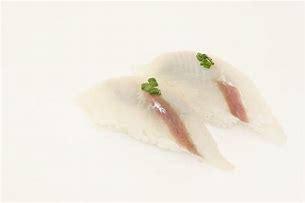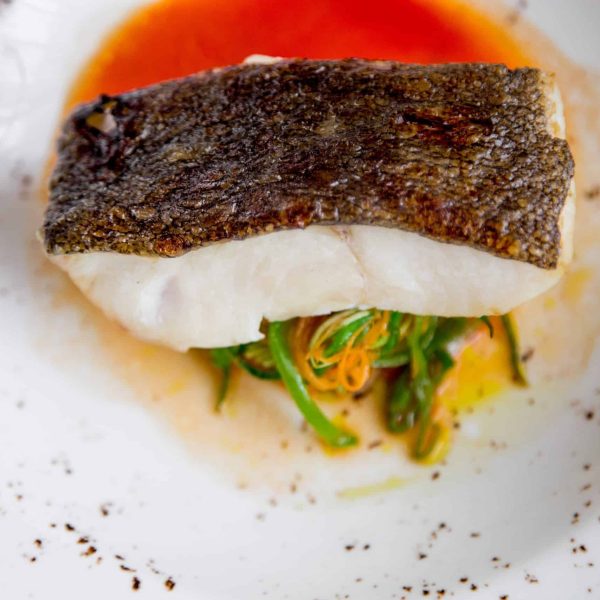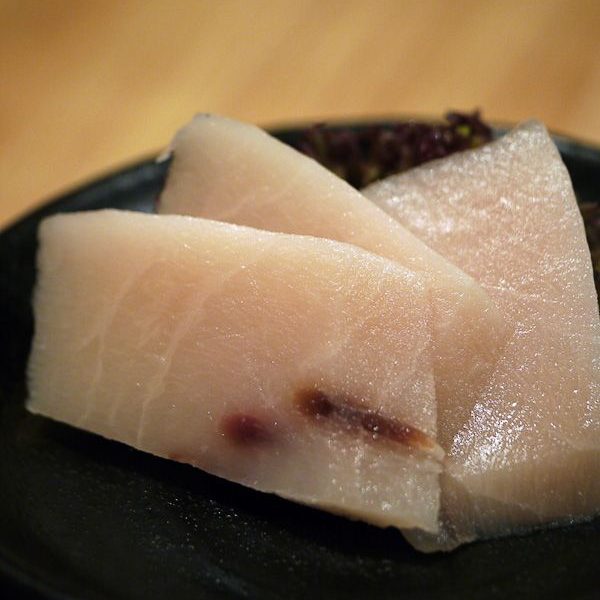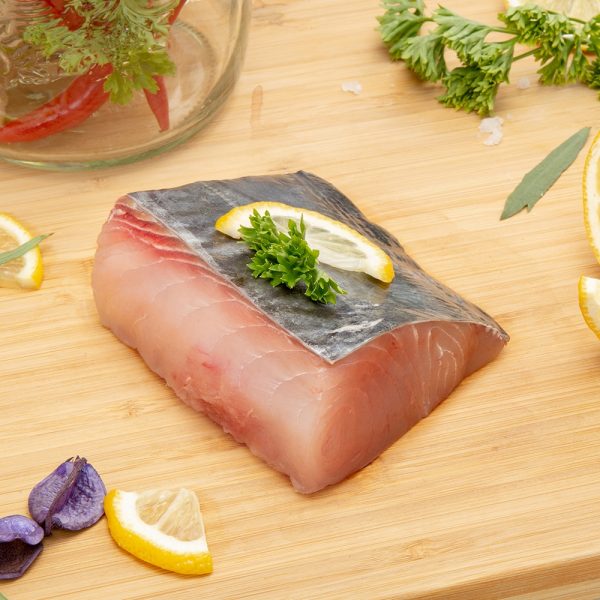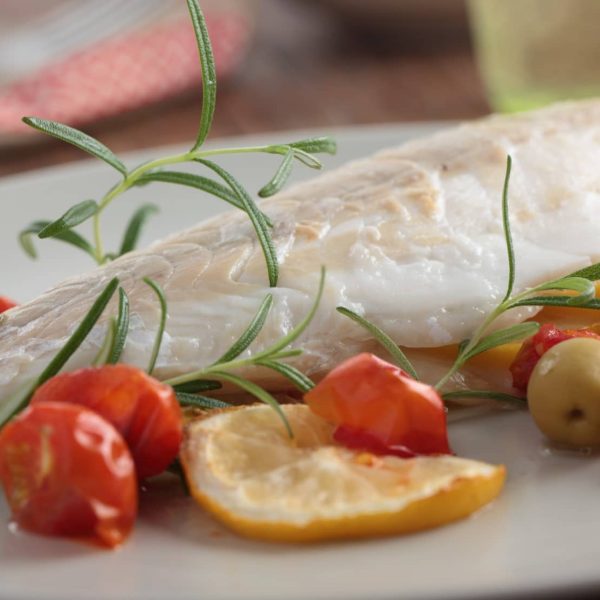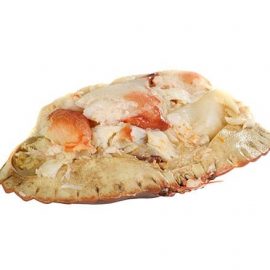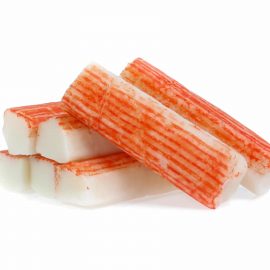Kisu is also known as sand-borer or smelt-whiting in English. Japanese people enjoy eating this fish because of its soft, fatless flesh. The fish is delicious raw, battered, or breaded as well as salt-grilled as sashimi or tempura. By deep-frying it, tempura aims to produce a glossy golden colour rather than a firm texture.
To prepare Kisu, the fish must first be salted, rinsed, and soaked in a vinegar-water mixture for a few minutes. After peeling off, the silvery exterior is revealed. During the summer, it is so delightful to taste the simplicity and freshness of Kisu.
When whiting is grilled, a citrus salad, consisting of limes, oranges, lemons, and grapefruits, dressed with olive oil brings out its rich flavour. In addition to lemon butter and spiced butter, other condiments or sauces that would complement this dish include oyster sauce and hollandaise. You can also enjoy deep-fried whiting along with chips!
What Whiting Kisu Can Do For You
A member of the hikarimono family, kisu has the lowest fat content of any fish. Only one percent of its body is fat. As an Edomae traditional dish, it is a popular sushi dish during the summertime.
The delicate flesh of this fish gives the fish an exquisite appearance. In Japan, people often connect Tempura with Kisu, which is a key component in Tempura.
Whiting, a Japanese fish, has a delicate, savoury flavour. They can be prepared in several ways, from baking to grilling to steaming, with frying being the most popular method.
The low oil content and ease of digestion of whiting fillets makes them an ideal snack for kids.
Responsibly-Sourced Exotic Fish
At Frozen Fish Direct, we take pride in serving fresh, in-season fish. We use the best frozen technology to prepare our fish and we’re passionate about learning about the origins and flavour of the fish we serve.
For many years, the Japanese Whiting was considered a sustainable species. Fisheries around the coast of Japan have good stocks of fish. Both handlines and demersal trawls are used to fish for it. Don’t miss it!
